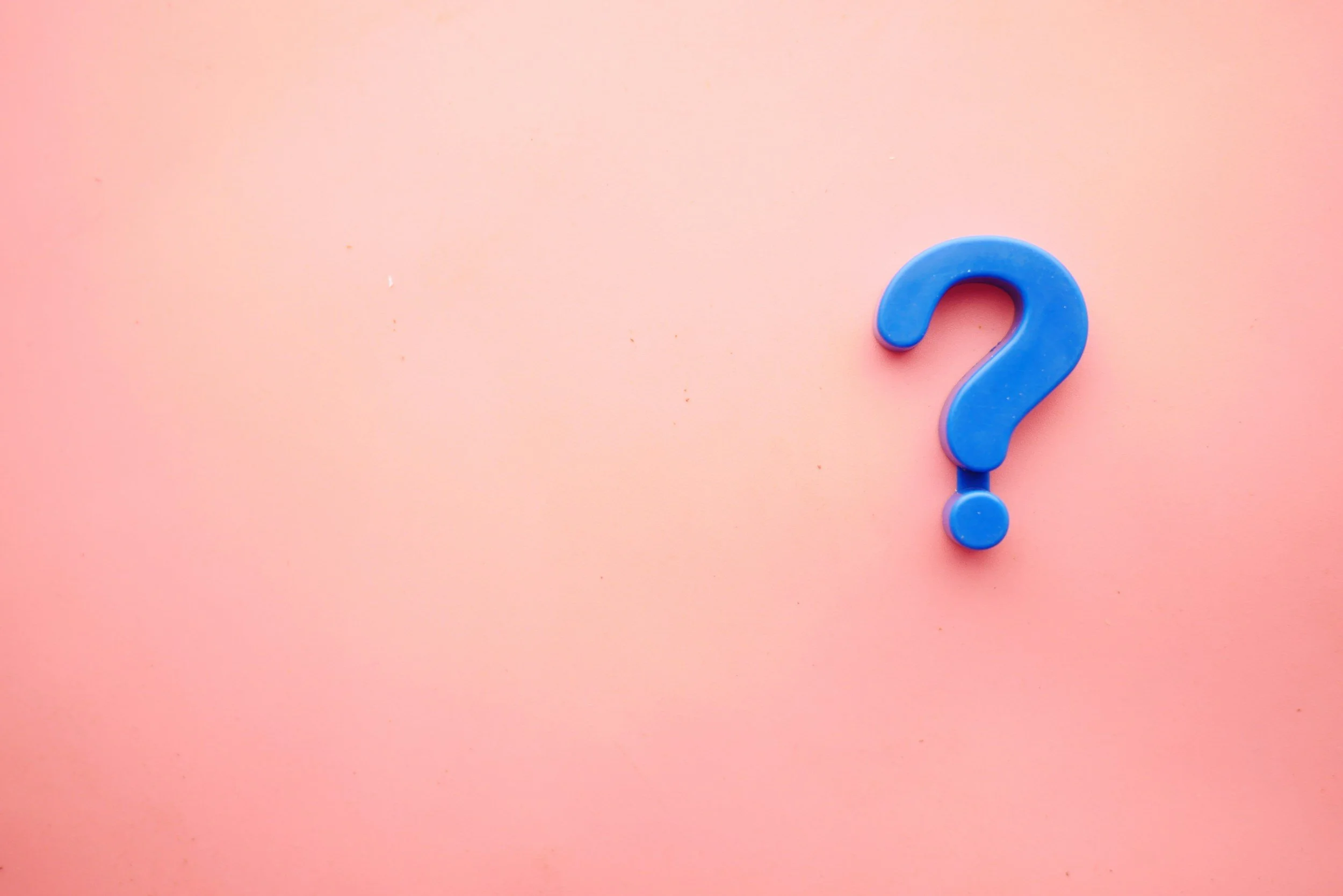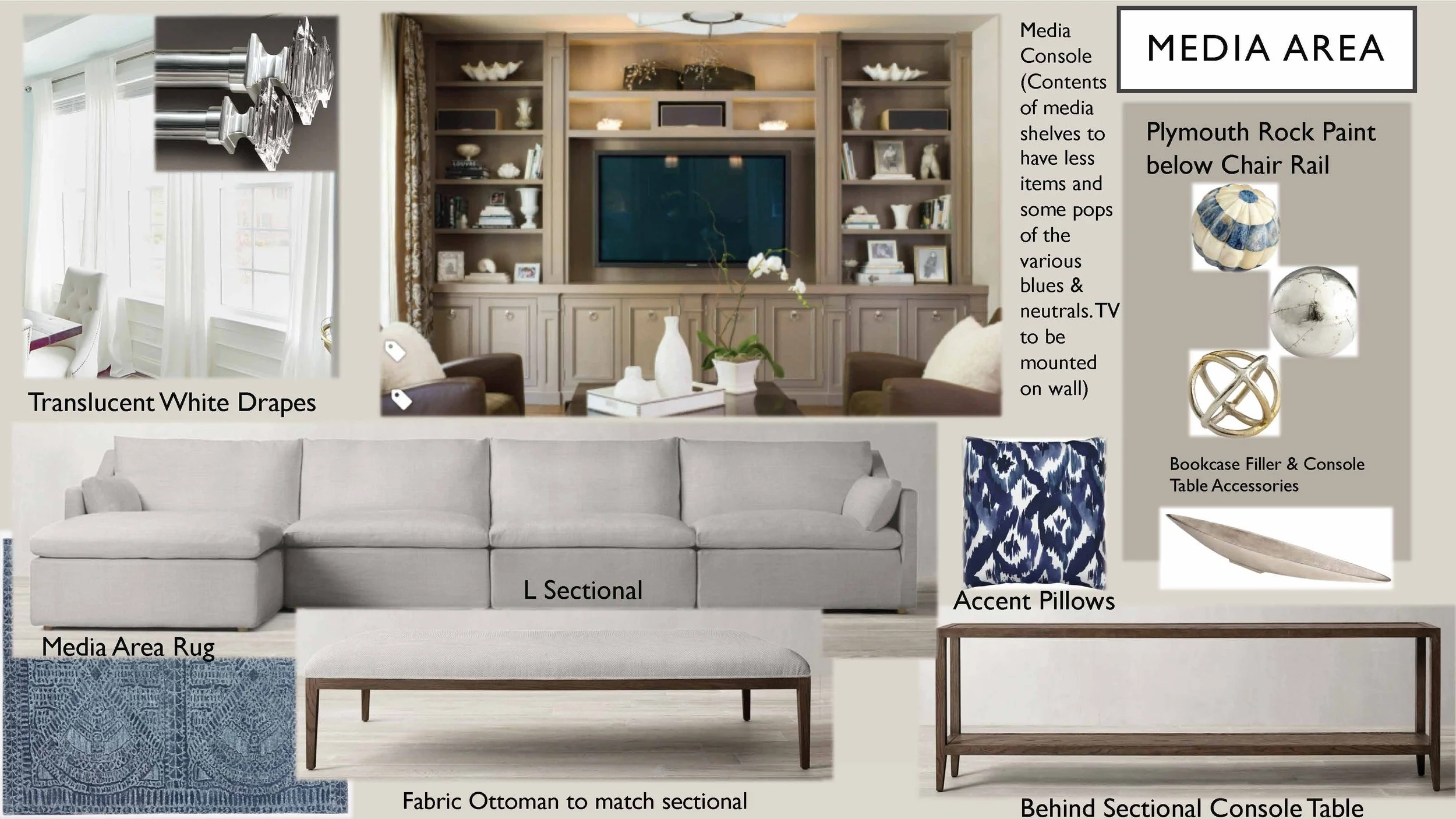JOURNAL 5 –Interior Design ‘Boards’
Mood Board, Intention board, Inspiration Board, Concept Board… Are You Bored Yet?
The truth is, while the names can be used interchangeably, each board has its own purpose and place in the creative process. Here’s a breakdown of what they all mean—and why they matter for your project.
Here at Claire’s Perspective we like to mesh these two boards together to create one board due to their overlapping qualities.
A mood board is all about feelings. Think of it as the emotional compass for your project. It’s a collage of images, colors, textures, materials, and even words that evoke the desired atmosphere or mood of a space.
Purpose: Establish the overall feeling or tone.
Used for: Early stages of a project.
Looks like: A mix of photos—some interiors, some abstract—alongside swatches and inspiration pulled from fashion, nature, or art.
An intention board is the soul of the space.
This one is less commonly used in the industry but powerful when it is. An intention board is rooted in how you want the space to serve you—beyond aesthetics. It might tie into lifestyle, wellness, or emotional goals.
Purpose: Anchor the design to personal values or functional goals.
Used for: Setting a meaningful foundation for the design process.
Looks like: Imagery and words that reflect how you want to feel or live in the space, not just how it looks.
Example: Images of a peaceful morning routine, a welcoming dinner party, or a yoga mat bathed in sunlight—all can live here.
An inspiration board is like your project’s visual brainstorming space. It gathers various images and elements that spark ideas or illustrate features you admire.
Purpose: Collect creative references.
Used for: Exploring possibilities and refining preferences.
Looks like: A more open-ended collection of visual ideas—without needing to tie them all together just yet.
Example: You love arched doorways, checkerboard floors, and vintage sconces? They all go here, even if they don’t match… yet.
The strategy shaper.
A concept board takes the emotional feel of a mood board and the visual details from your inspiration board—and starts to pull them into a cohesive direction. This is where ideas become more refined and begin to look like your space.
Purpose: Develop a design concept with focus and clarity.
Used for: Transitioning from big ideas to a unified design direction.
Looks like: A more curated set of images and materials that show how everything can work together.
Example: That checkerboard floor from the inspiration board makes the cut, but now it’s shown next to a cabinet color, hardware style, and specific light fixture.
So… Why All the Boards?
Each board plays a different role in shaping a home that feels like you. They’re tools—not trends—that help bridge the gap between abstract dreams and tangible decisions. As a designer, I use them to guide our collaboration, clarify your vibe, and ensure that every step of the design process stays aligned with your vision.
So no, we’re not bored. We’re just very into boards.
Want to See These Boards in Action?
Let’s create one for your home. Book a discovery call here →
— Claire




